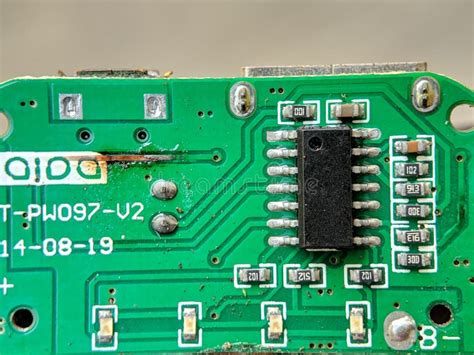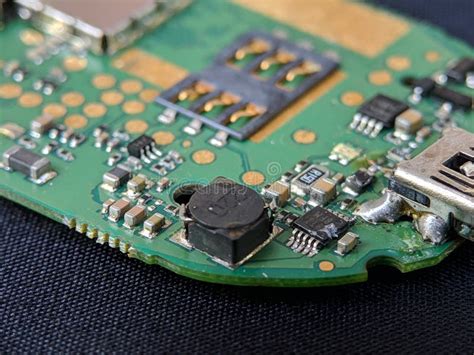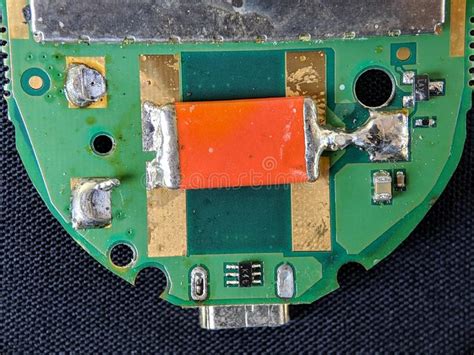Types of Circuit Board ICs
There are several types of ICs used in circuit board design, each with its own characteristics and applications. Some of the most common types include:
Analog ICs
Analog ICs process continuous signals and are used in applications such as amplifiers, filters, and power management. Examples include operational amplifiers (op-amps), voltage regulators, and audio processors.
Digital ICs
Digital ICs process discrete signals and are used in applications such as logic gates, microcontrollers, and memory devices. Examples include TTL (Transistor-Transistor Logic), CMOS (Complementary Metal-Oxide-Semiconductor), and FPGAs (Field-Programmable Gate Arrays).
Mixed-Signal ICs
Mixed-signal ICs combine both analog and digital circuitry on a single chip. They are used in applications that require both types of signal processing, such as analog-to-digital converters (ADCs), digital-to-analog converters (DACs), and codec ICs for audio and video.
IC Packaging
IC packaging plays a crucial role in protecting the delicate circuitry and providing electrical connections to the circuit board. Some common IC package types include:
Through-Hole Packages
Through-hole packages have pins that are inserted into holes drilled in the circuit board and soldered on the opposite side. Examples include DIP (Dual Inline Package) and QFP (Quad Flat Package).
Surface-Mount Packages
Surface-mount packages have leads that are soldered directly onto the surface of the circuit board, allowing for smaller footprints and higher component density. Examples include SOT (Small Outline Transistor), QFN (Quad Flat No-lead), and BGA (Ball Grid Array).
| Package Type | Advantages | Disadvantages |
|---|---|---|
| Through-Hole | Easier to solder and replace, more robust | Larger footprint, higher profile |
| Surface-Mount | Smaller footprint, higher component density | More difficult to solder and replace, less robust |

IC Selection Criteria
When selecting ICs for your circuit board design, consider the following factors:
Functionality
Ensure that the IC’s functionality matches your application’s requirements, such as signal processing, power management, or communication protocols.
Performance
Consider the IC’s performance parameters, such as speed, accuracy, power consumption, and operating temperature range, to ensure it meets your design specifications.
Reliability
Choose ICs from reputable manufacturers with proven track records of quality and reliability. Consider factors such as ESD (Electrostatic Discharge) protection, thermal management, and packaging robustness.
Cost
Balance the IC’s cost with its performance and reliability. Consider factors such as package type, quantity pricing, and availability from multiple suppliers.

Design Considerations
When incorporating ICs into your circuit board design, keep the following considerations in mind:
Power Supply and Decoupling
Ensure that the IC receives a clean and stable power supply by using appropriate voltage regulators and decoupling capacitors. Follow the manufacturer’s recommendations for Power Supply Filtering and layout.
Signal Integrity
Maintain signal integrity by minimizing crosstalk, reflections, and noise. Use appropriate trace widths, spacing, and termination techniques, and follow best practices for high-speed digital and analog layout.
Thermal Management
Manage the IC’s heat dissipation to prevent overheating and ensure reliable operation. Use appropriate PCB (Printed Circuit Board) materials, copper pour, and thermal vias, and consider adding heatsinks or fans if necessary.
EMI/EMC
Minimize electromagnetic interference (EMI) and ensure electromagnetic compatibility (EMC) by following best practices for grounding, shielding, and filtering. Comply with relevant standards and regulations for your application and market.

Frequently Asked Questions (FAQ)
1. What is the difference between an IC and a microchip?
An IC (Integrated Circuit) is a miniaturized electronic circuit that is manufactured on a semiconductor substrate, typically silicon. A microchip is a small, flat piece of semiconductor material that contains one or more ICs. In common usage, the terms “IC” and “microchip” are often used interchangeably.
2. How do I choose the right IC package for my design?
When selecting an IC package, consider factors such as the available PCB space, component density, soldering process, and environmental conditions. Through-hole packages are easier to solder and replace but have larger footprints, while surface-mount packages have smaller footprints but are more difficult to work with. Consult the manufacturer’s datasheets and application notes for package recommendations and design guidelines.
3. What is the difference between an analog IC and a digital IC?
Analog ICs process continuous signals that can take on any value within a given range, such as voltage or current. They are used in applications that deal with real-world signals, such as audio, video, and sensors. Digital ICs process discrete signals that have only two states, typically represented as 0 and 1 or low and high. They are used in applications that involve logic operations, data processing, and digital communication.
4. How do I ensure the reliability of my circuit board ICs?
To ensure the reliability of your circuit board ICs, follow these best practices:
- Choose ICs from reputable manufacturers with proven track records of quality and reliability.
- Follow the manufacturer’s recommendations for power supply, decoupling, and layout.
- Use appropriate PCB materials, copper pour, and thermal management techniques to prevent overheating.
- Implement ESD Protection measures, such as using ESD-safe handling procedures and adding ESD protection devices to your design.
- Perform thorough testing and validation of your design, including environmental and stress testing.
5. What are some common pitfalls to avoid when designing with circuit board ICs?
Some common pitfalls to avoid when designing with circuit board ICs include:
- Failing to thoroughly read and understand the IC’s datasheet and application notes.
- Neglecting to provide a clean and stable power supply with proper decoupling and filtering.
- Overlooking signal integrity issues, such as crosstalk, reflections, and noise.
- Ignoring thermal management considerations, leading to overheating and reliability issues.
- Not complying with relevant EMI/EMC standards and regulations for your application and market.
By understanding the types of circuit board ICs, their packaging options, selection criteria, and design considerations, you can create robust and reliable electronic devices. Always consult the manufacturer’s documentation, follow best practices for layout and assembly, and perform thorough testing and validation to ensure the success of your circuit board IC designs.

No responses yet